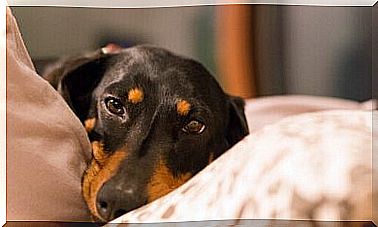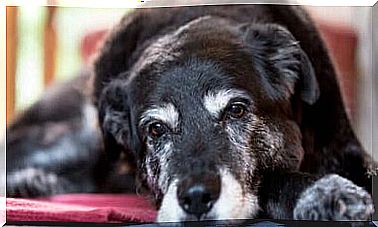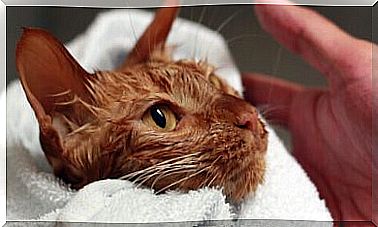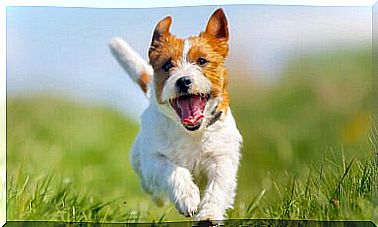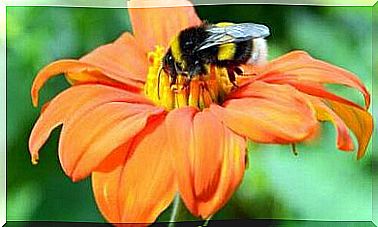Stereotypies In Cattle: Why Do They Occur?
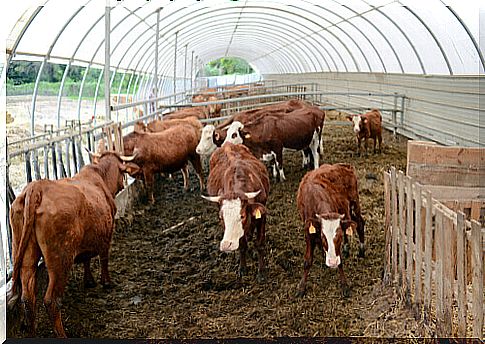
Unfortunately, stereotypies in cattle are quite common behaviors. Although zoos are referred to when talking about these behaviors, the truth is that domestic ungulates are among the most affected.
Unfortunately, we are aware of this type of behavior because it can have an economic impact and not because we are concerned with animal welfare. Stereotypies in cattle, as in other groups of animals, are repetitive and meaningless behaviors that indicate that the animal’s well-being is compromised.
What is the cause of stereotypies in cattle?
There is evidence that cattle stereotypies derive from natural foraging behaviors typical of the species. This conclusion was reached because the movements of animals are similar and tend to decrease with satiety and increase before food arrives.
Furthermore, many of the stereotypies of cattle even involve food ingestion. It has been noted that the use of more natural diets than concentrated feeds and the low presence of fiber can reduce these abnormal behaviors.
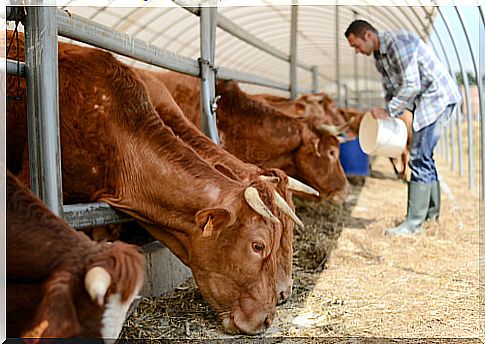
There are basically three hypotheses. The first is that these behaviors derive from attempts to search for food to counter nutrient-poor diets. The second is that they are the consequence of intestinal health compromised by these diets. Saliva production would help animals balance pH levels.
The third, which is the most widespread and widely accepted explanation, is that the food used in captivity is rapidly absorbed by the animal leaving it unsatisfied. This would not allow him to have natural eating behaviors.
Natural food and processed feed
With transhumance and in extensive farms this does not happen. In intensive farming, on the other hand, animals do not occupy their time by engaging in foraging behaviors. This could affect their well-being.
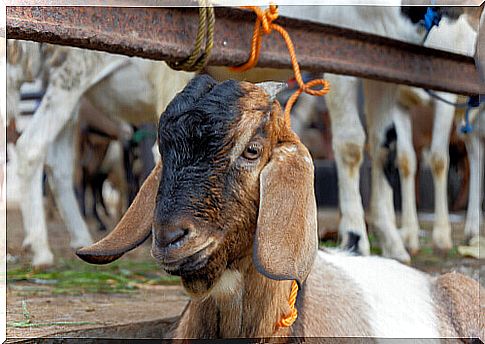
It is believed that these animals do not have great flexibility in their foraging behaviors. Also, although they have a lot of energy, it is difficult for them to reduce the time they spend in foraging; unlike other animals, such as primates, which are able to adapt more easily.
Foraging helps these animals have good intestinal function and keep their teeth healthy. These are aspects that can influence the appearance of stereotypies. What is clear is that, regardless of the underlying reason, the greater the differences between the feed given to cattle and their natural diet, the greater the abnormal behavior.
The goal of breeders who have stereotypical animals should be to provide them with a natural diet with more fiber and for foraging to take longer.
Also, if the animals are feeding in the barn, it is recommended to use environmental enrichment devices to increase the time they spend searching for food. This allows for healthier animals and more profitable farming.
